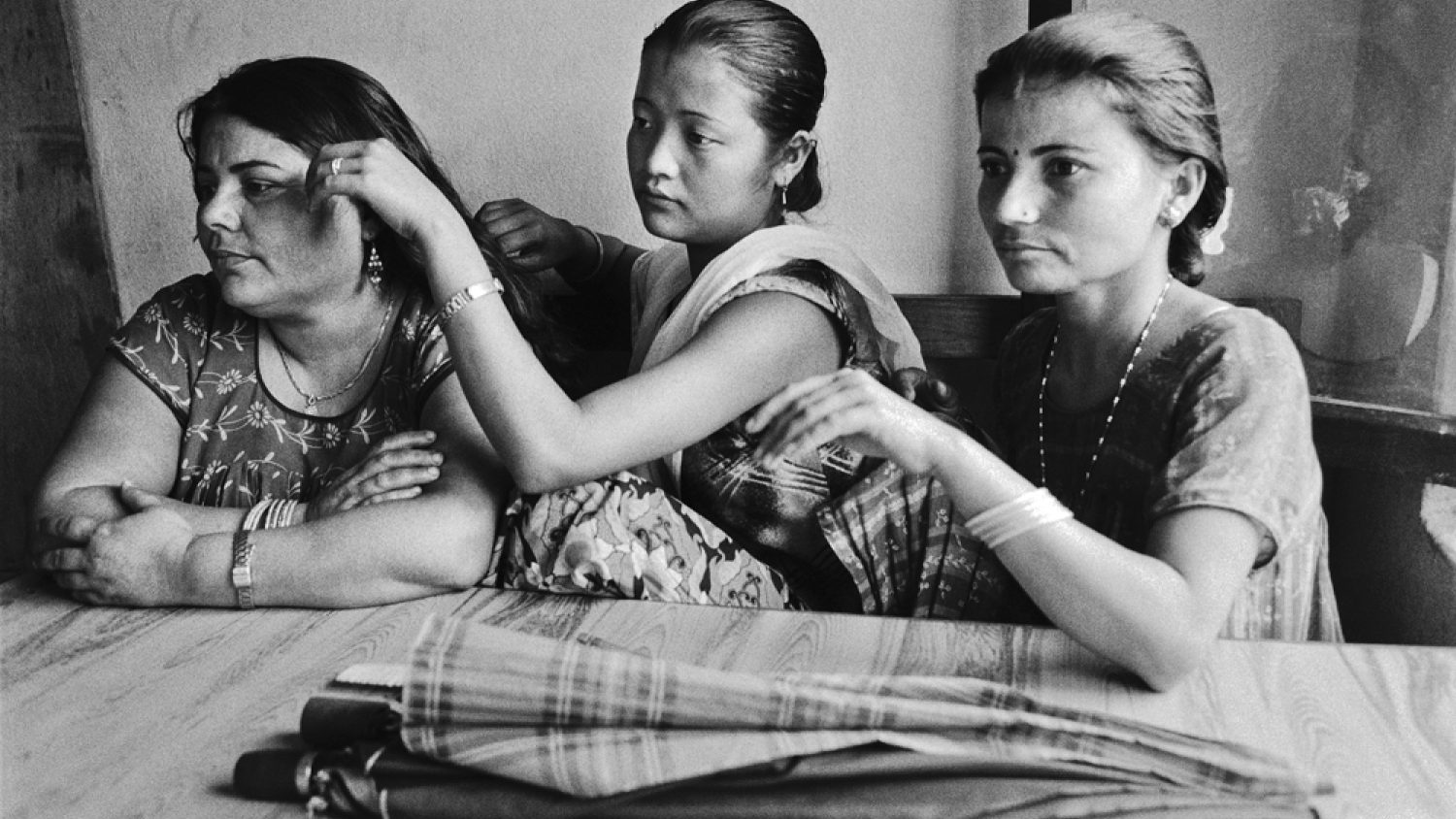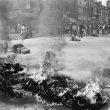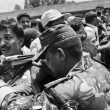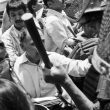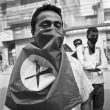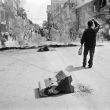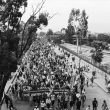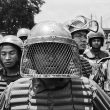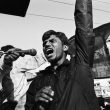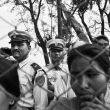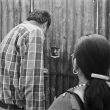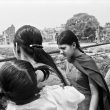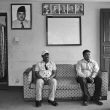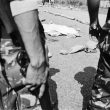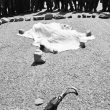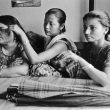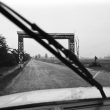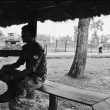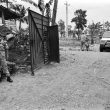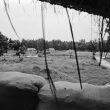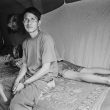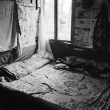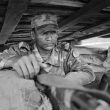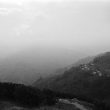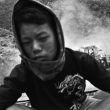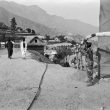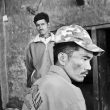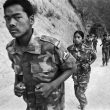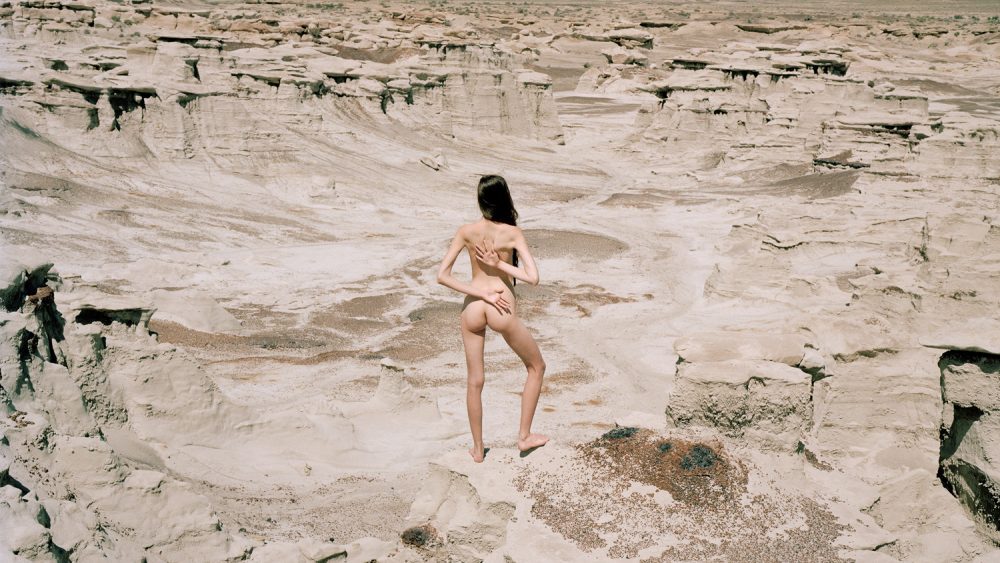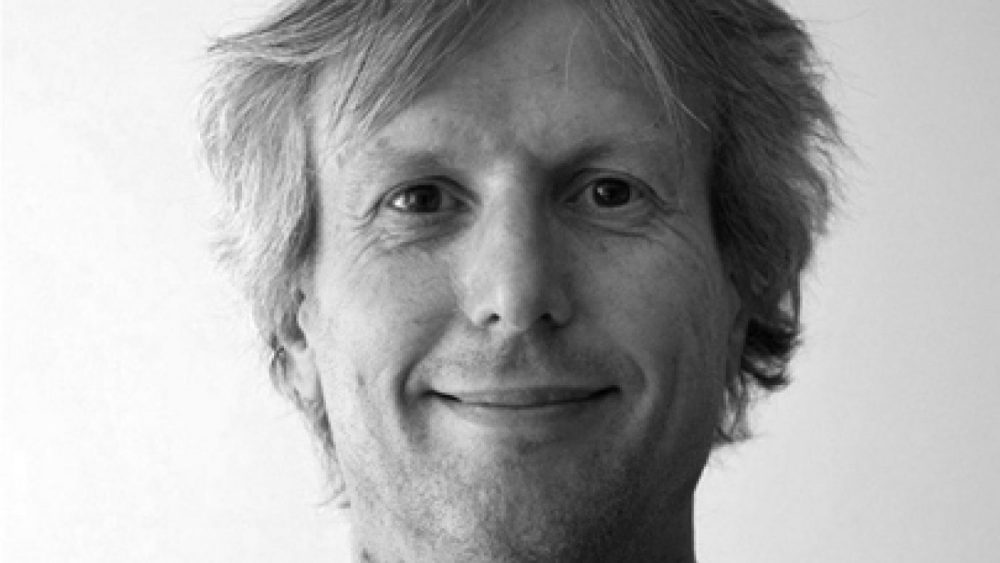Olof Jarlbro
Swedish photographer Olof Jarlbro (1978) visited Nepal, when he was 20 years old and since then this country has become the primary subject in his photography projects. Several books have been published on Nepal; the latest titled Nepal & Mao shows people on the streets, riots and strikes in the politically precarious state. Since the end of the Civil war, tensions between the conflicting sides – communist Maoists, on one hand, and royalists, on the other, still prevail in Nepal. Jarlbro works with an analog 35mm camera, the filmic grain and stylistics make the photographs timeless. The photographer has studied at FAMU in Prague and ICP in New York. Currently he resides in Sofia.
Most of your projects have been related to Nepal. What is so special about this country that makes you go back over and over again?
I guess, it’s a variety of factors that makes me go back over and over again. Nepal as a country is very complex, there are over 30 different ethnic groups with their own language and dialect. So often, when I have been working on a specific story, I discover something totally new, which sparks the idea for a new project, and so it’s been going on for a while. Then, of course, since my long stay there, I speak little Nepali, enough to make things easier in the remoter areas. Also, over the years I have made quite a big network of local friends and colleagues, which makes the logistics of the projects easier.
Looking at your book Nepal & Mao, it seems that the country is still at war even though the Civil war ended in 2006. How would you describe your attitude towards the events there and the photographic style you have used to deal with the subject?
I would say, very little things that happen in Nepal get reported in global media. Thanks to the world’s highest mountain, Nepal is not totally in the dark. When I started working on Nepal & Mao, I was also surprised about the still on-going tension in the country. This made me curious and led me on a journey around the country. I wanted to provide an in-depth description of Nepal and Maoists. I like getting close to my subjects. I am not very much a telly guy.
Currently you live in Bulgaria. What’s a typical day for a photographer in Sofia?
I live both in Sweden and Bulgaria trying to divide my time between the two countries. Surviving only on the local market is almost impossible in Bulgaria. If you want to do something else than photographing what’s going on within the limits of the capital city, you need to have global clients. I was very fortunate last year to get a couple of generous grants for various book projects.
Can you briefly describe the photojournalism scene in Bulgaria?
There is definitely an interest in photojournalism in Bulgaria both for print and in terms of exhibitions. There are also a lot of good young photojournalists and editors in Sofia. The biggest problem is that the magazines can’t pay enough for an in-depth reportage. Not even a fraction of the cost! This situation makes a lot of good photographers look across the borders for job.
What is your current project?
I got a few projects on the table. At the moment I’m editing photos from Kathmandu, so hopefully it will turn into a book in 2012. In a few months I will fly to Nepal for completing a project in the jungle district. Since I have recently become a father to a beautiful baby girl and I don’t want to spend too long time away, I am trying not to stay away for more than 5-6 weeks in a row. I also started a project in Southern Bulgaria.
